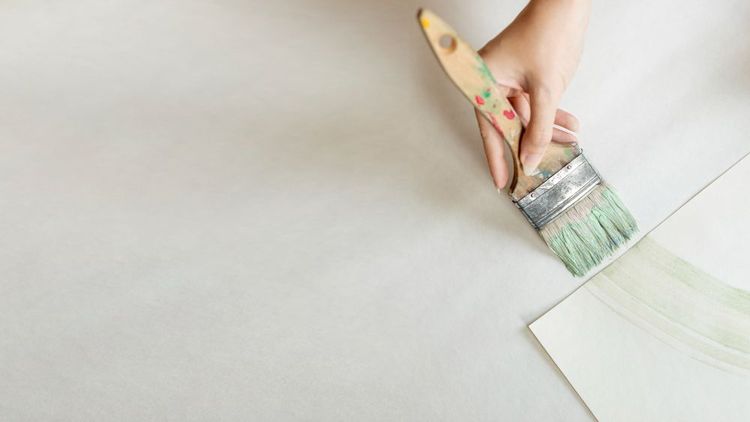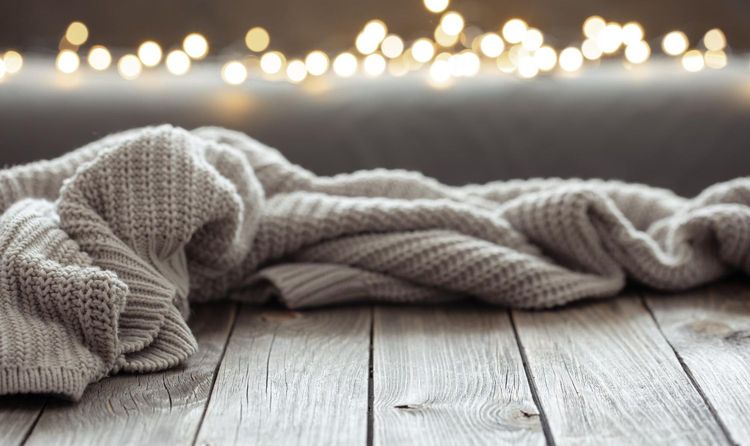How to Maintain Wooden Floors After Sanding
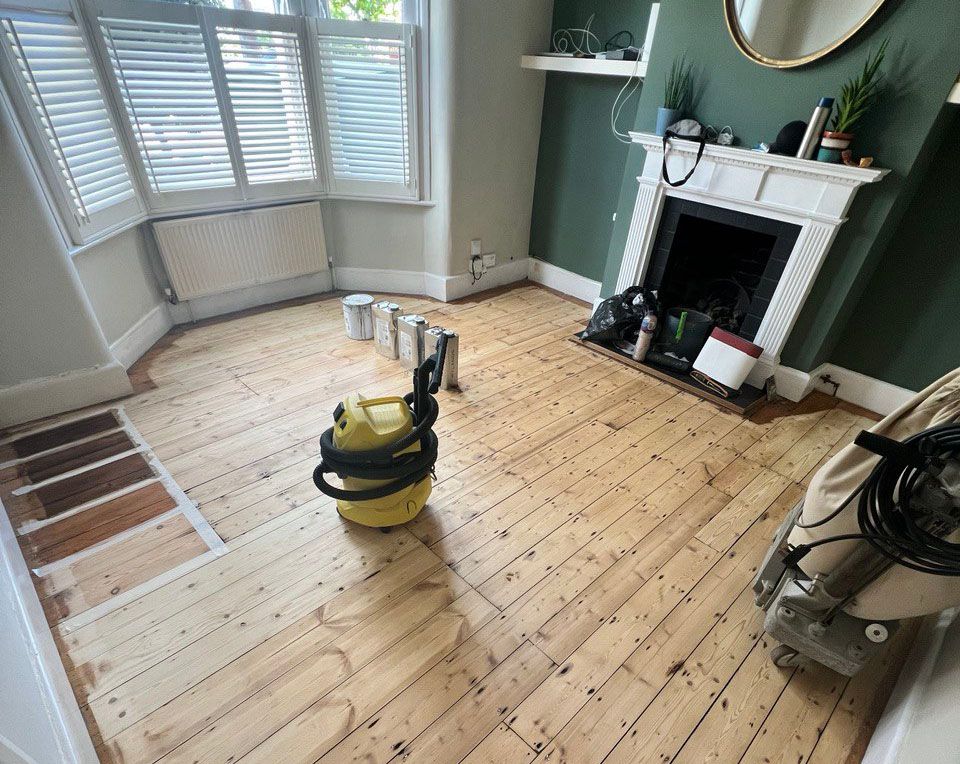
Wooden floors add timeless beauty and elegance to any space. However, after undergoing floor sanding, it is crucial to follow a proper maintenance routine to preserve their appearance and durability. Without the right care, newly sanded floors can quickly lose their charm due to dirt, moisture, and daily wear. Here are the best practices for keeping wooden floors in top condition after sanding.
Allow the Finish to Cure Completely
After sanding, the floor is typically sealed with a protective finish, such as polyurethane, oil, or wax. The curing time varies depending on the type of finish used. While most finishes dry within a few hours, complete curing can take several days to weeks. During this period:
- Avoid placing furniture or rugs on the surface.
- Keep foot traffic to a minimum.
- Maintain proper ventilation to speed up the drying process.
- Ensure that the room temperature remains stable to aid the curing process.
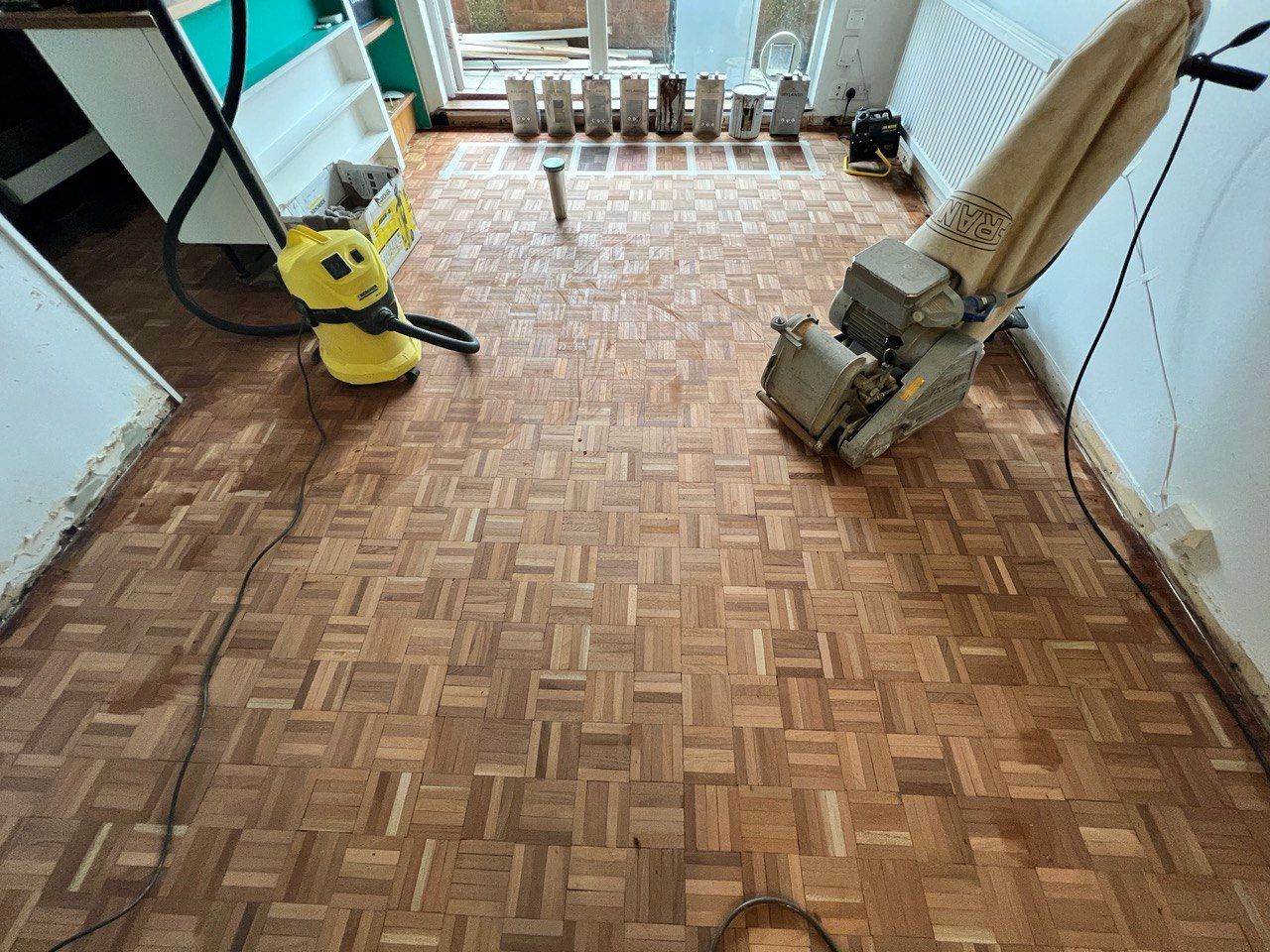
Use Proper Cleaning Techniques
Cleaning is essential for maintaining the pristine look of sanded floors. However, excessive moisture or harsh chemicals can damage the surface. Follow these steps for effective cleaning:
- Sweep or vacuum daily to remove dust and debris.
- Use a damp (not wet) microfiber mop with a wood-safe cleaner.
- Avoid steam mops, which can cause warping.
- Wipe up spills immediately to prevent staining.
- Use a specialized wood floor cleaner once a month to maintain the finish.
Protect the Surface from Scratches
Scratches are one of the most common issues with wooden floors. To minimize damage:
- Place felt pads under furniture legs.
- Use rugs or mats in high-traffic areas.
- Encourage household members to wear soft-soled slippers instead of shoes indoors.
- Trim pet nails regularly to avoid surface scratches.
- Avoid dragging heavy furniture across the floor; lift instead.
Maintain Proper Humidity Levels
Wood is highly sensitive to changes in humidity, which can cause expansion and contraction. To prevent cracks or warping:
- Keep indoor humidity levels between 40-60%.
- Use a humidifier in dry seasons and a dehumidifier in humid climates.
- Avoid exposing the floor to direct heat sources, such as radiators and fireplaces.
- Check for gaps in floorboards and seal them to prevent moisture infiltration.
Reapply Protective Coatings Periodically
Over time, the protective finish on wooden floors will wear down. To extend their lifespan:
- Recoat polyurethane-finished floors every 3-5 years.
- Apply fresh wax or oil treatments annually for oiled floors.
- Lightly sand and reapply finishes in high-traffic areas as needed.
- Consider using a refresher coat every year to prolong the protective layer.
Prevent Sunlight Damage
Prolonged exposure to sunlight can fade the wood and cause discoloration. Protect your floors by:
- Using curtains or blinds to block direct sunlight.
- Applying UV-protective window films.
- Rearranging furniture periodically to ensure even exposure.
- Using area rugs in sun-exposed spots to minimize fading.
Handle Stains and Spills Correctly
If a stain occurs, address it promptly using appropriate cleaning methods:
- For water stains, gently rub the area with a soft cloth and mineral oil.
- For tougher stains, such as ink or wine, use a baking soda and water paste.
- Avoid using harsh chemicals that may strip the finish.
- If stains persist, consult a professional for proper stain removal techniques.
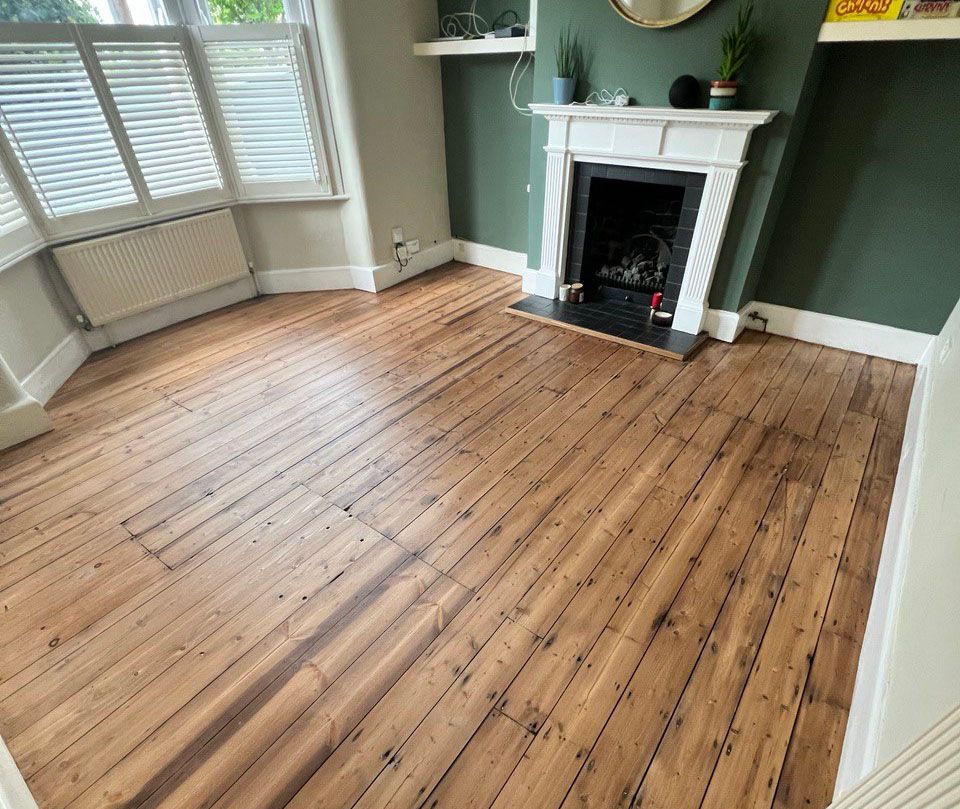
Schedule Regular Maintenance
Regular upkeep extends the life of sanded wooden floors. Consider:
- Deep cleaning the floor every few months.
- Checking for signs of wear and addressing them early.
- Hiring a professional for periodic refinishing if necessary.
- Conducting seasonal inspections to ensure there are no underlying issues.
Avoid Heavy Impact and Moisture Exposure
To keep your floors in excellent condition, avoid placing extremely heavy objects on them. High-impact weight can dent the wood, making it harder to maintain a smooth surface. Additionally, moisture exposure can lead to swelling and warping. Always clean up any liquid spills immediately and use protective mats in areas where moisture exposure is likely, such as near entrances and sinks.
Conclusion
Proper maintenance after floor sanding ensures that wooden floors remain beautiful and durable for years. By following these care tips—such as using appropriate cleaning methods, preventing scratches, maintaining humidity levels, and protecting against sunlight—you can enjoy a flawless wooden floor with minimal effort. Investing time in regular upkeep not only enhances the aesthetic appeal of your home but also extends the lifespan of your wooden floors. With the right approach, your sanded floors will maintain their stunning finish and structural integrity for many years to come.

